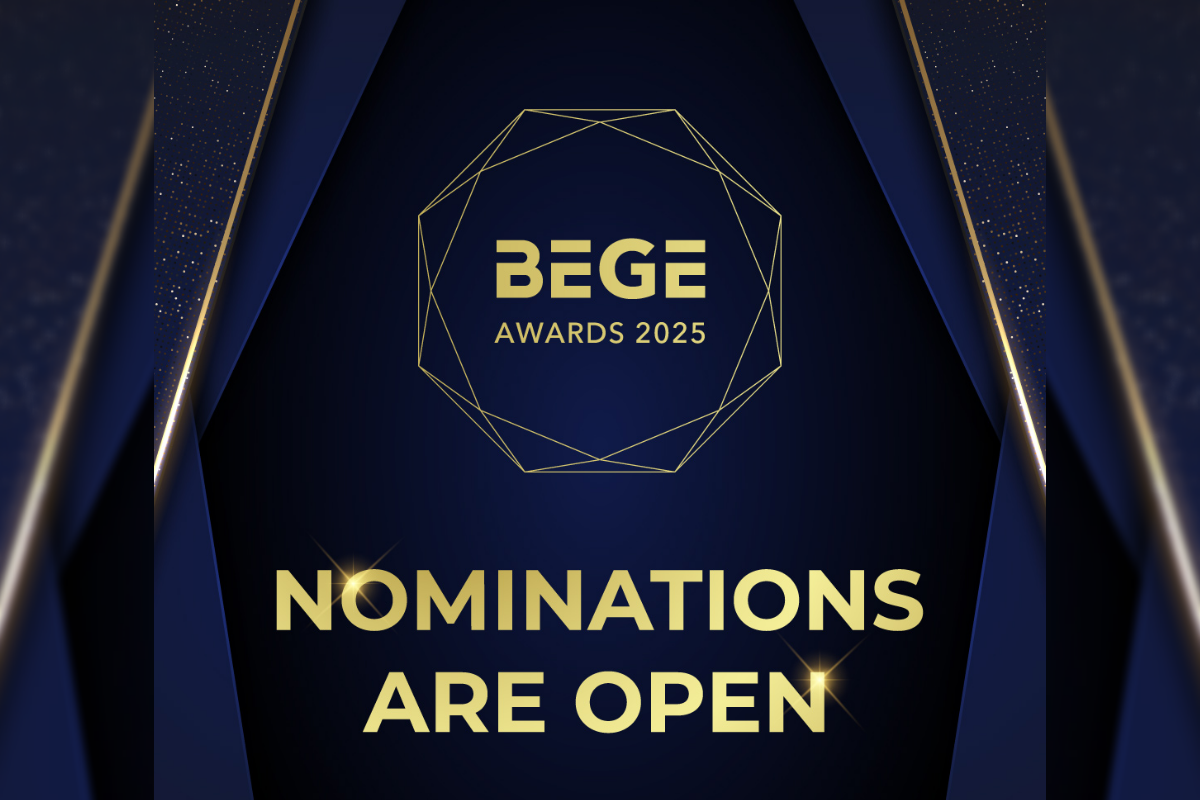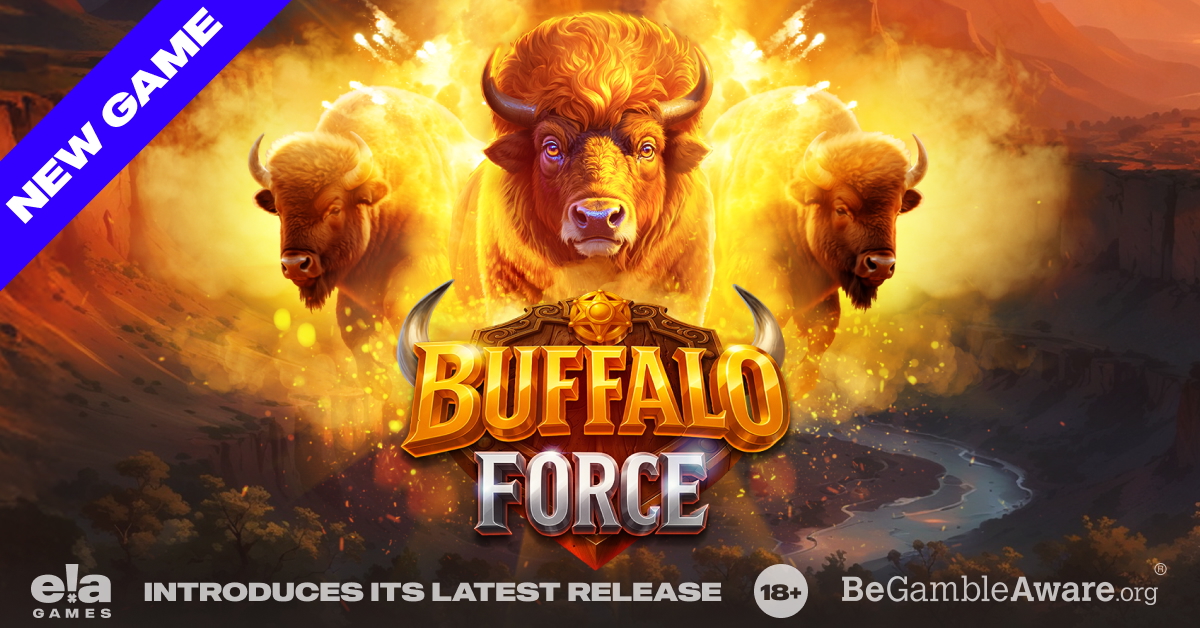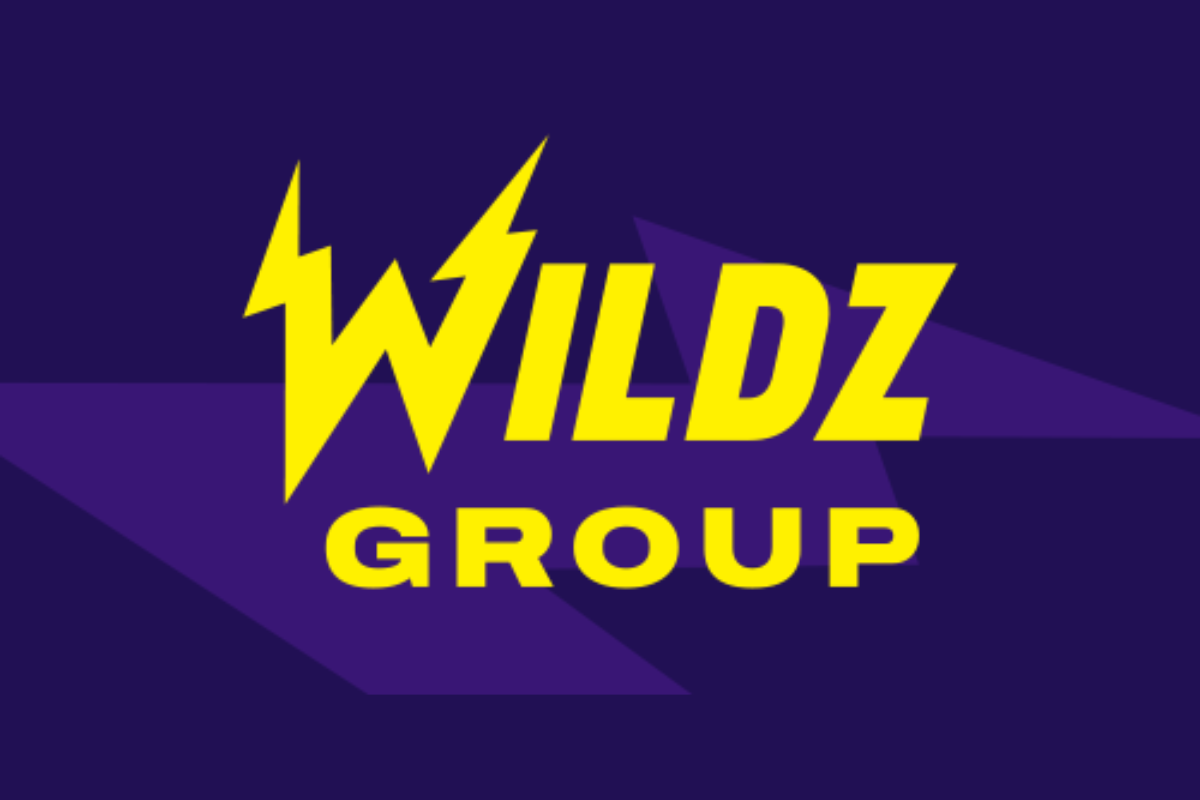Interviews
Exclusive Q&A with Dejan Orlac, Head of Design at Royce&Bach

Let’s start from the beginning. Your beginnings, that is. Our readers love to learn more about top professionals and their life. Tell us more about yourself.
I was one of those kids that knew what he wanted to do from early on. That is to turn problems into elegant solutions through design. I loved drawing anything that moved, either on wheels, through the air or, underwater. My passion led me to the Academy of Arts and Design in Ljubljana, where I studied Industrial Design. After a successful study, I moved to London to pursue my appetite for design at the Royal College of Art, studying MA in product design. I never finished the course as I found myself in front of a new challenge in the gaming industry. It was an opportunity I couldn’t refuse. I became a partner and head of design at the original Royce&Bach company. One thing led to another, and soon I was playing a part in launching the online casino platform called Oryx Gaming. We planned, developed, and designed a complete library of over 40 slot games, online roulette games, and poker games. We also designed all interfaces and the whole front end that enabled the launch of the product.
It was enough. I needed a break from the gaming environment and embarked on a new adventure. I was designing different products in various industries, from toys to phones and anything in between. I worked on projects for many high-end brands like Burberry, Coway, Panasonic, LG, and many others. It was a valuable learning experience that allowed me to reflect on the gaming industry that gave me the start. It is funny how I came back full circle and decided to focus on the gaming industry again with more specific goals.
Perhaps the first time you made your mark in the industry was by launching Archipelago 8 electronic roulette. Tell us about that experience.
Before starting the journey with Royce&Bach, I was already designing online casino lobby’s and games for Playtech, and other casino providers. It gave me significant knowledge and confidence for my next adventure. Royce&Bach was an incredible opportunity for a 22-year-old boy. I worked and learned from some of the most intelligent people in the industry. The company had a clear goal and product vision; to disrupt the gaming industry with a better approach to a customer and user experience. The design was our first bet. Our first presentation of the Archipelago roulette was in 2007 at ICE in London, and the interest was overwhelming. However, it came with its fair share of challenges. After the show, we realized we need to go back to the drawing board and make changes to the design, construction, and implement additional feedback from potential buyers. And we did. The plan hit home with the Asian demographic, and shortly after, we started shipping our first products. Soon we proudly installed our roulette in the MGM Grand Macau.
You were involved with gaming product designs when you were working in Orlach Design? Could you tell us about some of the designs that you were associated with?
Orlach design is my own design company. Through Orlach design, I designed products, concepts, user interfaces, and other innovative solutions for many well-known international companies. I also worked directly with leading design studios helping them with their projects. Together we worked on products for beverage brand Budweiser, JSP and Keeler. I also designed the new UI for the ROXI home music entertainment system and worked on many projects at Burberry. It was interesting to be part of the TV brand campaign for Peugeot or cooperate on developing sets for Garnier TV commercials. Through Orlach design, I worked on many projects in healthcare tech, scientific, industrial, high spec and toy industry, interiors, and furniture design. It enabled me to receive international recognition and win the awards such as Red Dot Design award Concepts and Core77 Best Of Design.
You were also part of some innovations like a digital market place of 3Dprintable industrial designs. How did it go?
The 3Defied project is a digital platform with a professionally created consumer level 3d product content. Through 3Defied, designers, design companies, and prominent brands can connect and sell their work. The end customer is the owner of a 3d printer or a regular customer who prints the content through outside vendors. It is my “pet” project. I strongly believe in it, and it is something I am very passionate about. Unfortunately, due to ongoing gaming projects, 3Defied is currently on the backburner.
What about your present company Royce&Bach? Tell us about your areas of expertise, ongoing projects and clients.
Our passion is to create innovative gaming products that add value to players, operators, and casino vendors. Through strategic, industry-informed, and innovation-driven design, Royce&Bach strives to enhance players’ experience and maximize operators’ return on investment. We design all kinds of online and land-based casino-relevant experiences and equipment. Electronic roulettes, slot machine cabinets, player terminals, user interfaces, and casino games are just a few of many products we designed for our clients. Ultimately Royce&Bach uncovers hidden potential and delivers innovative products that exceed our client’s expectations.
We are currently working on several fascinating products. My team is designing a new slot machine and a new automated roulette for a renowned retail casino gaming company. A well-known international brand hired us to design real room interiors for their live virtual games. For them, we are also conceptualizing new games that are either more immersive or integrate the brand on a different level. Demand for digital products is rising, and we are looking forward to developing that side of the business as well.
Could you explain the design process and its various stages from concept to manufacturing?
We must maximize the ROI for investors as well as enhance the entertainment experience for our players.
I want to think that I am in the process of developing our “patented” approach to the challenges of designing for the gaming industry. We based our approach around understanding specific players’ psychologies. We want to know what triggers their senses, what gets them into “the zone,” how they associate themselves with the product and, how they perceive a machine design as their winning tool.
First, we dive deep into research to uncover and identify the specific opportunities associated with the client and focus on solving those through product design. Through fieldwork, we talk to all parties involved in the product lifecycle. We also learn from previous research in our industry. Works from Natasha Dow Schüll, Roger Thomas, and Bill Friedman are an essential base for further actions. After we gather all relevant information, we create a design brief which we use throughout the development process.
Next, we move to the “concept design phase,” where we propose a variety of ideas for product design. We review them with our clients and together select the winning horse. Sometimes we choose several concepts and develop them further. I like to say that those are our horses in the race, competing against each other. After the race is over, we end up with a winning horse, which becomes our winning concept.
Now it is time to optimize our design. Together with our clients, we review the ergonomics, add further technical input from the engineering team, and, overall, create a winning proposal. What follows is finalizing colors, materials, and finishes (CMF), preparing renderings, models, and mock-ups for presentations. The result is a product that makes our clients proud and excited about the future.
You have worked with a lot of start-ups and helped them get ahead. What are your views about start-ups in the gaming industry in general. Pros, cons and general advice, if any?
In my view, many companies developing gaming solutions, underestimate the financial investment, and the time needed to create a successful product. Due to gaming-related legislation and strict certification processes which differ from country to country, the process is more complicated in comparison to the mainstream entertainment business. Also, the industry is small, everybody knows each other, and the competition is ruthless. That creates a unique set of challenges for any start-up that wants to thrive in our industry.
Collaborate with someone who can think and work outside perceived limitations. It can uncover hidden potential you never knew was there. Do your research, look deep to avoid surprises later. Design to attract, impress, and satisfy. Be different. It will help you stay on track and continuously evolve in the ever-changing gaming environment. Design is the best tool to explore new opportunities, adapt, and plan for the future. Design is also your best bet in the product development journey to success. It’s an investment that pays back double, at least.
What are the challenges and opportunities that you find in the gaming industry in terms of design?
Planning design for any gambling solution creates challenges on many levels. First, the product design must be fit for the manufacturer and easy-to-operate for the vendor. The vendor is the actual buyer who has to service and maintain the product. Second, players require much understanding. They expect to receive a completely different user experience than the vendor. Both use the same product but on different levels and have different requirements. Satisfying both is very challenging. That generally makes products complicated to design and produce because they’re often required to do too much at once.
The gambling market is also continually changing. It needs to adapt to new generations of players through technology, better research, and innovation. That presents a multitude of design pathways that can open up opportunities to create innovative designs that amuse existing players or attract new ones.
Final question. With a number of gaming product manufacturers employing in-house designers, what value additions can an external designing firm provide?
If you want to stay ahead, you need to collaborate with someone who can work outside perceived limitations. The in-house design team usually has plenty of work supporting ongoing business demands. That is why it’s essential to include outside professionals who are well informed overall and have cross-industry experiences to come up with fresh ideas. Flexibility, free-thinking, insight, and the quality of specialized people enables our clients to offer products that exceed expectations. Most everyday consumer products that we use were conceived and designed by external design studios. Big corporations rely on smaller companies. A lot of talented and skilled people will instead work for a smaller studio than a corporation.
-

 Asia7 days ago
Asia7 days agoDigital gaming disruption tackled in 1st AsPac Regulators’ Forum
-

 Africa7 days ago
Africa7 days agoBetKing Renews Ikorodu City FC Partnership for 2025/26 NPFL Season
-

 Compliance Updates7 days ago
Compliance Updates7 days agoKongebonus statement: Norway’s election result signals gambling policy continuity, but licensing debate is set to intensify
-

 Balkans7 days ago
Balkans7 days agoBEGE Awards Nominations Now Open – Celebrating 16 Years of Industry Excellence!
-

 Latest News7 days ago
Latest News7 days agoWin a Fruity Fortune in BGaming’s Bonanza Trillion
-

 Latest News7 days ago
Latest News7 days agoAnswer the Call of the Wild: ELA Games Unveils Its Latest Game “Buffalo Force”
-

 Latest News7 days ago
Latest News7 days agoSlots Temple Announces Exclusive Free-to-Play Tournament Partnership with Pragmatic Play
-

 Latest News7 days ago
Latest News7 days agoSaddle up for big wins under the Bison Moon with the latest slot from Northern Lights Gaming


















